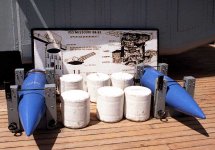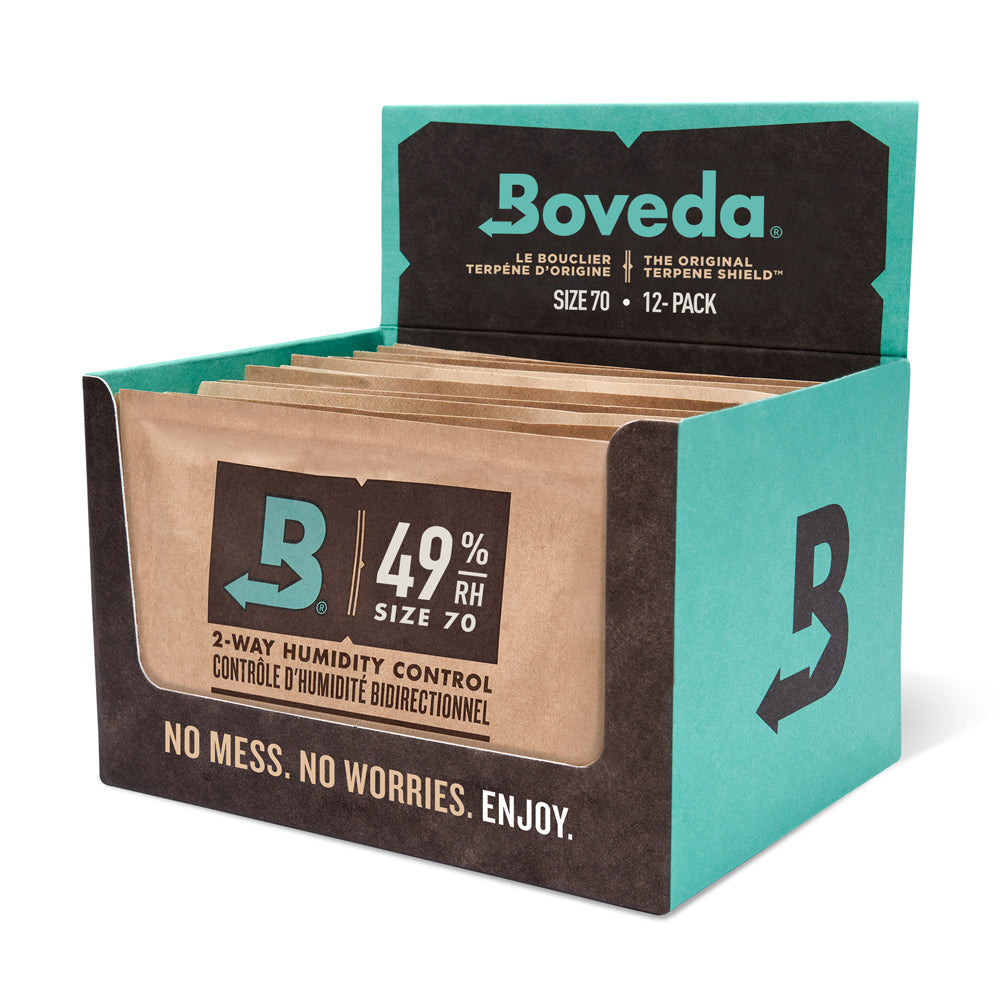Ever since I have been measuring powder humidity, I have learned how big a variable it can be in terms of velocity. I have been controlling my powder humidity using 49% humidor humidity packs in my powder kegs. I monitor each keg with a kestrel D2 drop before I load with it to see if it has drifted drastically from 50%. I also measure new containers on arrival from powder valley and they are almost all between 51% and 54%.
Available threads suggest that even if you load the powder with a certain humidity, changes in ambient conditions and especially flying with the ammo and subjecting it to different ambient pressures could result in gain or loss of humidity inside loaded cartridges. This makes sense theoretically but it does not tell you how long your ammo would need to be subjected to different atmospheric conditions to gain or lose a significant amount of humidity. By humidity here I mean water content, and I do not intend to engage in semantic disputes about the specific definitions.
In order to test this possibility, last week, in my reloading area of my garage, which is between 80 and 100°F with 21% humidity, I filled a 375 Cheytac cartridge with 150 or so grains of water. it was a Petersen case. They have been shot about seven times so the pocket was tight but not as tight as new. I put in a new Primer. I then loaded, with about 3/1000 of neck tension, a 390 atip bullet that had been lubricated with imperial wax on the boat tail and the area just in front of that. I did that on purpose because I figured that wax would be impermeable to water escaping. I also routinely do that on my high caliber cartridges, but not always sometimes I use graphite lube.
Within several hours, the cartridge had lost about one grain of weight. This is on an FX scale accurate to 0.02 grains. I thought wow! the water is escaping fast!, but it must have been the water that had not yet dried on the exterior of the case, despite my wiping it down. After the first couple hours, the wait settled out at 910.72 grains.
For the past five or six days, I have documented in my notes, the weight of the cartridge, and it has changed less than 0.02 grains. That is, after the exterior water evaporated off the case, I have lost almost 0, or at least an unmeasurable amount of the water that I loaded into the case.
I wonder if Brian Litz has done something like this or if any others have comments.
Available threads suggest that even if you load the powder with a certain humidity, changes in ambient conditions and especially flying with the ammo and subjecting it to different ambient pressures could result in gain or loss of humidity inside loaded cartridges. This makes sense theoretically but it does not tell you how long your ammo would need to be subjected to different atmospheric conditions to gain or lose a significant amount of humidity. By humidity here I mean water content, and I do not intend to engage in semantic disputes about the specific definitions.
In order to test this possibility, last week, in my reloading area of my garage, which is between 80 and 100°F with 21% humidity, I filled a 375 Cheytac cartridge with 150 or so grains of water. it was a Petersen case. They have been shot about seven times so the pocket was tight but not as tight as new. I put in a new Primer. I then loaded, with about 3/1000 of neck tension, a 390 atip bullet that had been lubricated with imperial wax on the boat tail and the area just in front of that. I did that on purpose because I figured that wax would be impermeable to water escaping. I also routinely do that on my high caliber cartridges, but not always sometimes I use graphite lube.
Within several hours, the cartridge had lost about one grain of weight. This is on an FX scale accurate to 0.02 grains. I thought wow! the water is escaping fast!, but it must have been the water that had not yet dried on the exterior of the case, despite my wiping it down. After the first couple hours, the wait settled out at 910.72 grains.
For the past five or six days, I have documented in my notes, the weight of the cartridge, and it has changed less than 0.02 grains. That is, after the exterior water evaporated off the case, I have lost almost 0, or at least an unmeasurable amount of the water that I loaded into the case.
I wonder if Brian Litz has done something like this or if any others have comments.



